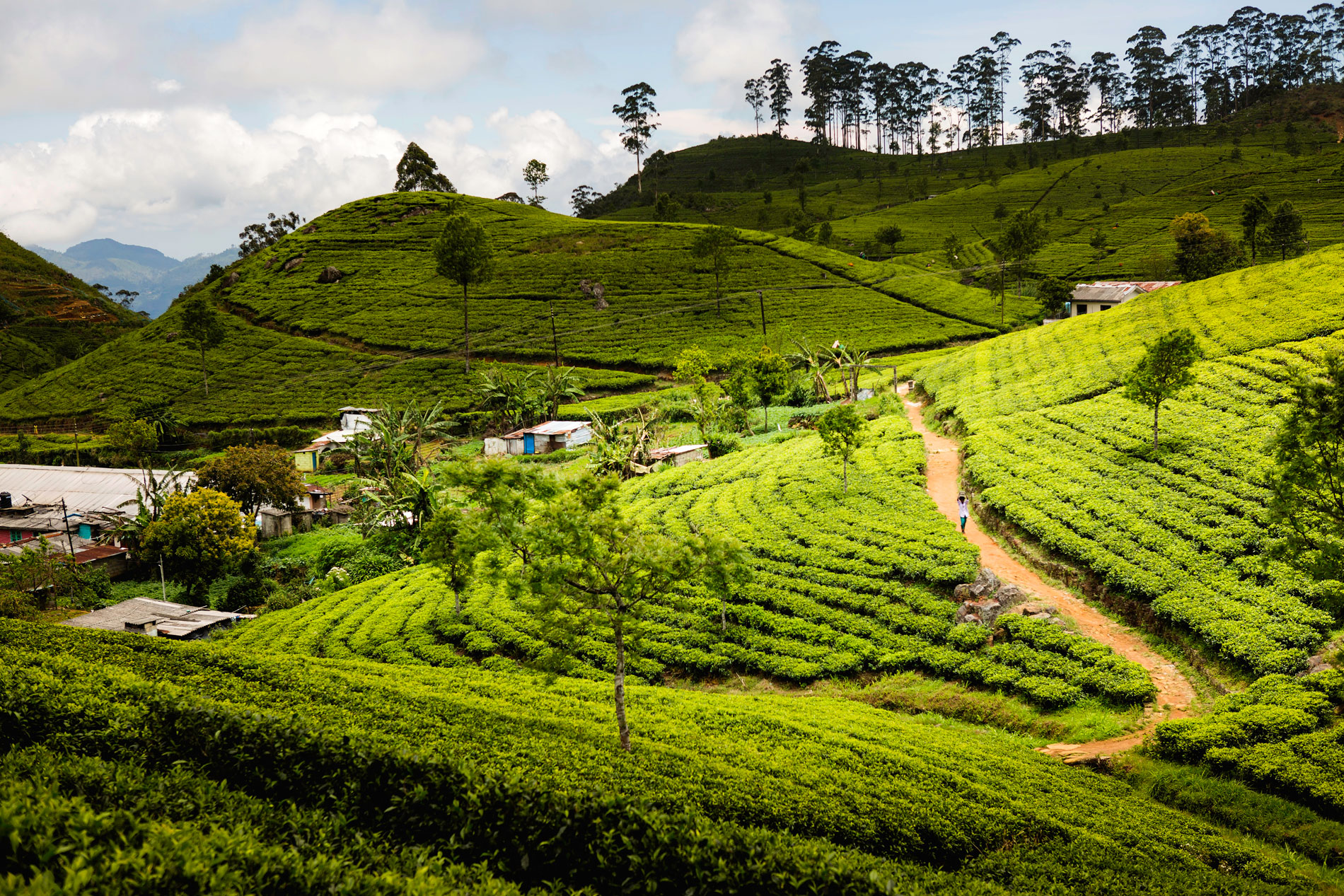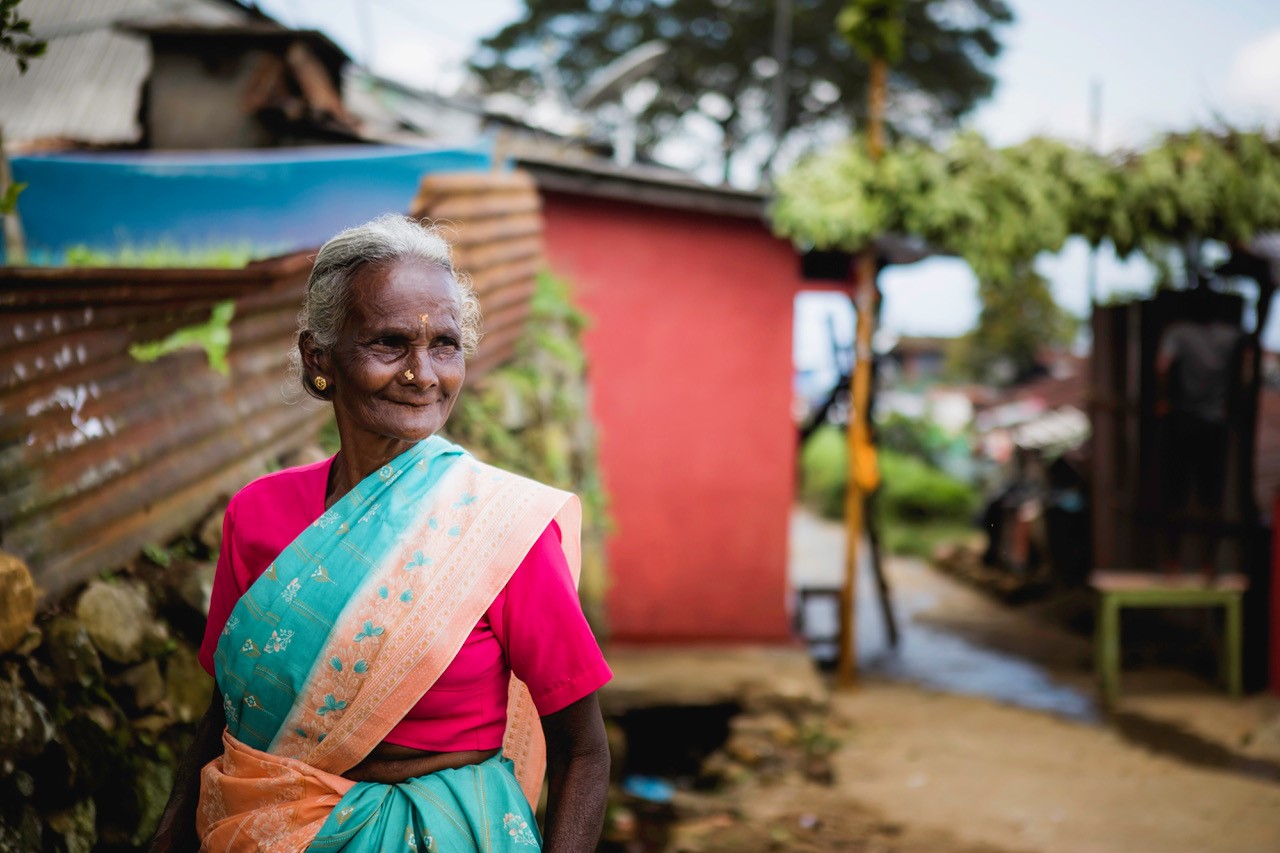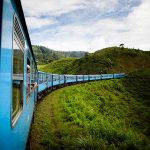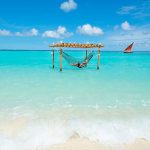The Cultural Triangle of Sri Lanka is the historical heart of the island but also represents a concentration of its richness between intriguing vestiges, superb temples, extraordinary fauna, and Buddhist fervour.
The region of the Cultural Triangle is full of treasures more or less known. Although the fortress of Sigiriya or the troglodyte temple of Dambulla is not to be missed, there are also superb places to discover off the beaten track such as the rock of Pidurangala, the site of Mihintale, or the citadel of Yapahuwa. The three points of this triangle are Kandy, the religious capital of the island, Polonnaruwa and Anuradhapura, two ancient capitals of the Kingdom of Ceylon.
But the Cultural Triangle of Sri Lanka is not limited to historical and cultural sites. It also includes several national parks where you can observe elephants in their natural habitat, in complete tranquillity. Besides, keep your eyes peeled as you might see them crossing the roads as if nothing had happened!











